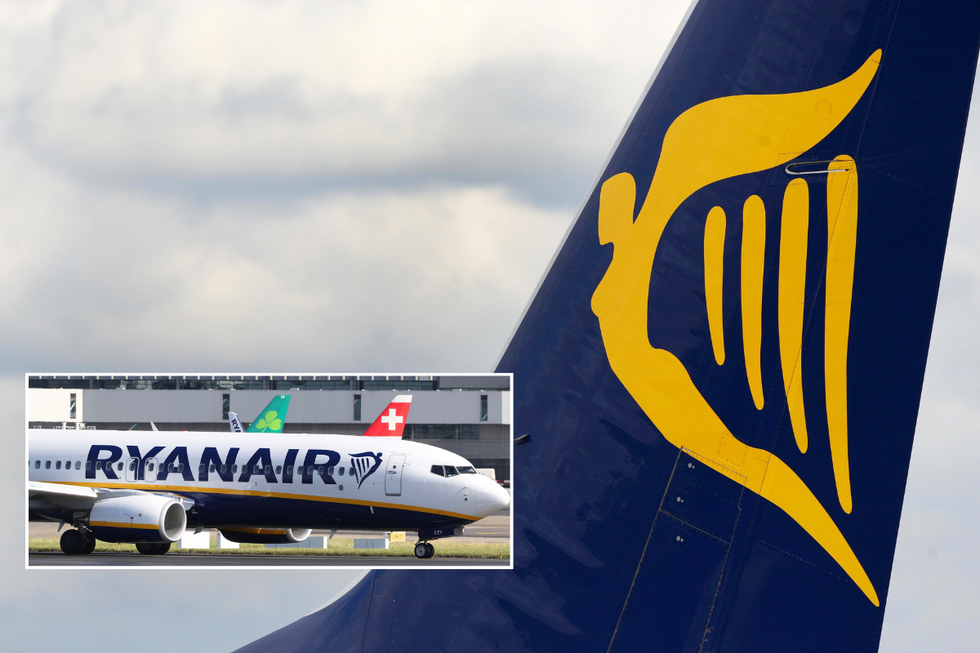Ryanair has announced plans to cut flights at seven regional airports across Spain this summer, citing “excessive fees” from state-controlled airport operator Aena.
The Irish budget airline will reduce capacity by 18 per cent on 12 routes, resulting in the cancellation of 800,000 passenger seats compared to last summer.
The move comes amid an ongoing dispute over airport fees, despite a freeze during the COVID-19 pandemic and a recent block on planned increases for 2025.
The airline will cease operations entirely in the cities of Jerez and Valladolid.
 Ryanair will stop running to some Spanish airports PA
Ryanair will stop running to some Spanish airports PAFlight reductions will also affect five other regional destinations: Vigo, Santiago de Compostela, Zaragoza, Santander and the airport of Asturias.
Ryanair, which holds the position of Spain’s largest airline by passenger numbers, made these cuts despite its significant presence in the country.
Aena defended its position, stating its average fee of 10.35 euros per passenger was “one of the lowest in Europe”.
The airport operator also challenged Ryanair’s claims, noting that the airline’s summer flight programming actually showed more seats than the previous year, when it had increased activity by 8.7 per cent.
Aena strongly criticised the airline’s approach, saying it “laments Ryanair’s use of spurious arguments … to confuse citizens and put pressure on public institutions”.
Ryanair announced it would redirect its aircraft and capacity to several other European destinations and Morocco.
The airline specifically named Italy, Sweden, Croatia, Hungary and Morocco as countries where it plans to increase operations.
These nations were selected because “governments encourage growth,” according to the airline’s statement.
LATEST DEVELOPMENTS

Fewer flights will go to Spain
PA
Spain’s airports saw unprecedented traffic in 2024, with more than 309 million passengers travelling through Aena’s facilities.
This marked an all-time high for the country, coinciding with record numbers of foreign tourists.
Spanish authorities remain optimistic about the tourism sector, with expectations that the boom will continue throughout 2025.